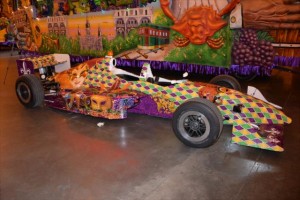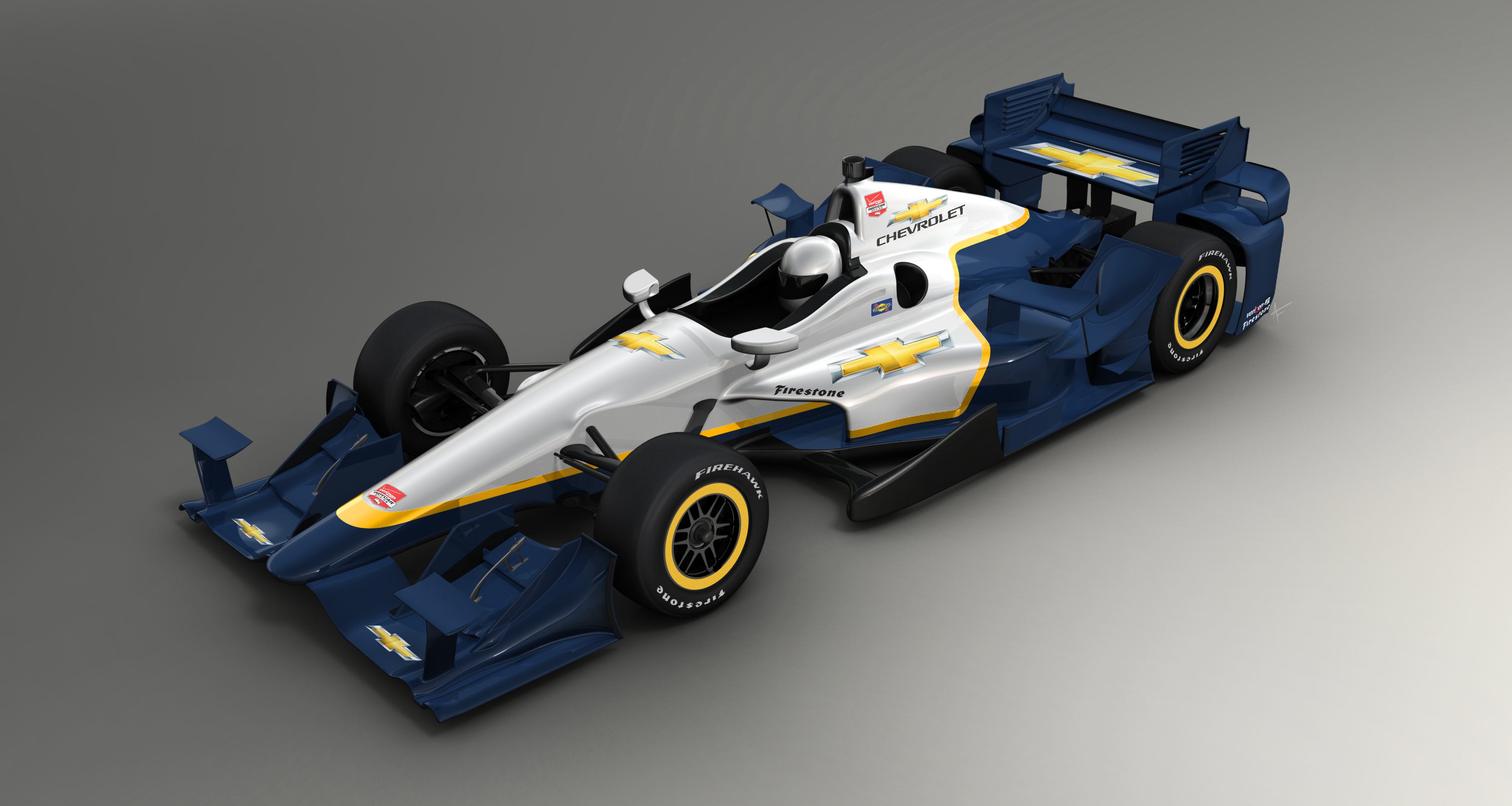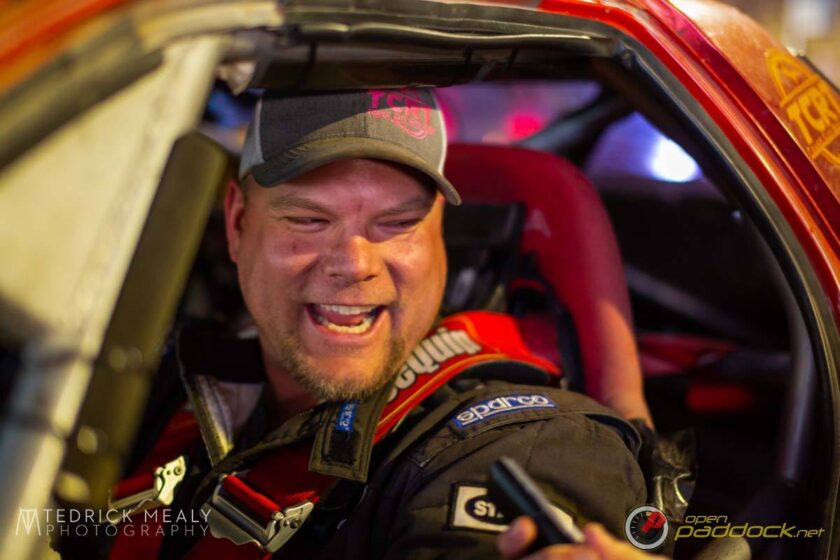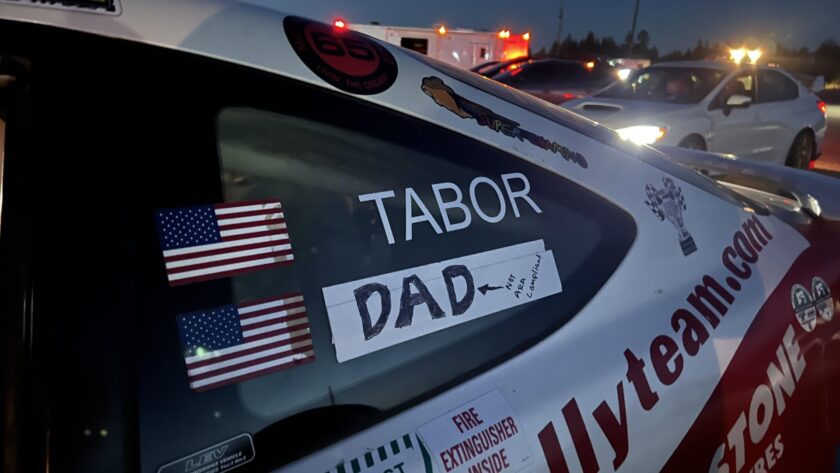Beads? Booze?
What do beads have to do with the Verizon IndyCar Series? This is Mardis Gras season, which is what manufacturers o beads look forward to each year. Most people don’t know anything about the celebrations leading into Lent beyond drunken revelry in New Orleans’ French Quarter where ladies show off their… ahem… assets in exchange for a string of plastic beads.
Without digging too much into the history of Mardis Gras (including the fact that Mobile, Alabama has the oldest Mardis Gras celebration in the country – Thanks Kelly!), there is much more besides drunken tomfoolery. One is parades by Krewes, which create an atmosphere not unlike the Carnivale celebration in Brazil. Each Krewe has their own parade with a King and Queen, floats, marching bands and local support.
Coming off a successful test at NOLA Motorsports Park, drivers got involved with Krewe of Bacchus (the Greek god of wine) to help promote the series, as well as the inaugural Indy Grand Prix of Louisiana on April 12 by participating in their Krewe parade, including the two-seater wrapped in purple, green and gold leading the float for the Krewe king.

Krewe of Bacchus chose “Children’s Stories That Live Forever” as their parade theme, and one could argue that dreams of driving a race car certainly live forever. Hell, I’m in my mid-forties and my race driving dreams still burn hot, cooled only by harsh financial reality. It’s a good fit, and adding a Mardis Gras paint scheme on the IndyCar two-seater leading the King’s float certainly helps fire young imaginations.
Several drivers including James hinchcliffe, Josef Newgarden, and Carlos Munoz got to toss beads to the crowd along the parade route and interact with fans. No, they don’t interact in that way. The boobs-for-beads is an after-hours part of the Mardis Gras celebration.
James Hinchcliffe also created some videos promoting the series and the upcoming race weekend. Will Power even sat in with a street band in the French Quarter playing drums for a television ad. It certainly looks like a lot of fun, which is something that VICS desperately needs after the recent dearth of unpleasant developments. more importantly, this is the sort of promotion that IndyCar needs to get butts in the seats and/or viewers on television.
Bits (of aero)
For IndyCar Media Day on Tuesday, Chevrolet unveiled their aero kit… Sort of. It’s renderings of their kit, as well as some other promotional information and videos. These are a far cry from the spy shots of the camouflaged testing at Circuit of the Americas a while back, but they are only renderings and a slick video presentation that doesn’t say much of anything.

Chevrolet’s it looks… well… busy. I haven’t seen this many winglets since the last time I did ten-cent wing night at the local sports bar. The winglets are necessary to increase downforce, since the undertray has had a huge hole cut out of it for 2015. There are “Dumbo ears” or”Viking horns” on the front wing, the side pods and a hoop-shaped winglet on the rear pods that protect the rear tires. This is far from the sexiest open wheel racer every produced.
I can’t say that I like the look, but it’s also a case of form following function. All the odd-looking bits are designed to move air where it will do the most good, specifically applying downforce to a certain part of the car. The sample livery hides much of the protruding bits in a dark shade, but cards on the grid aren’t going to be white over a dark color. I fully expect some liveries to show off all the winglets and whatnot, which I can’t imagine looking good. We shall see.
In addition to the reveal, Chevrolet had Chris Berube, Mark Kent and Jim Campbell on hand to field questions and explain the process for designing their aero kit. The kit has 123 unique parts, making this substantially more than a couple of bolt-ons. What I didn’t hear is how long Chevrolet has had the aero kit in development. Were they working on this when aero kits were first announced, or only recently when they were definitely going to be “a thing”. Not that it matters at all.
From the video, here is a list of all the elements that are updated in Chevy’s aero kit:
- Front wing end plates
- Front upper elements
- Front flap adjuster
- Front and rear flaps (on the front wing)
- Front wing inboard fence
- Rear wing flaps
- Rear wing end plates
- Top flick (on the rear bumper pods)
- Rear bumper pods
- Wheel wedge (in front of rear wheel)
- Main flick (in front of rear wheel)
- Upper flick (wing atop sidepod)
- Sidefloor kick (vertical element next to sidepod)
- Sidepod
No mention was made about the durability of the aero kit pieces, specifically the winglets and flicks and flaps and such. That’s a lot of little pieces to disintegrate into shards of carbon fiber. It’s pretty reasonable to expect these are manufactured for weight savings, so I’d expect them to be fragile. Remember Montoya’s win after his front wing endplate coming off at Pocono? I wouldn’t expect that to happen again.
No word on when we can expect to see Honda’s aero kit.
Bits (of nonsense)
In addition to the big aero kit reveal, Media Day was held at Indianapolis Motor Speedway, with owners, drivers and executives answering questions from journalists. The Penske drivers were the most entertaining, with new recruit Simon Pageneaud getting a healthy dose of good-natured ribbing from his teammates.
What I found interesting is Mark Miles’ discussion of his vision for IndyCar. A snippet:
Our objective is about 20 races.
So, yes, we started by ending earlier. You haven’t yet seen us start earlier. But I want you to understand that’s where we’re going. We want to race in a very full schedule, about 20 races, from the weekend after the Super Bowl in early February through Labor Day. That will feel very different than it did last year and this year. You will see the expansion.
Related to that, there’s the question of international races. We said we think there’s an important market opportunity for us on a limited basis at the very beginning of the championship. The strategy about when we schedule ourselves beginning of February through Labor Day is not dependent upon international races.
Miles is absolutely correct. We haven’t seen the season start earlier in the year. Why not? More importantly, what indication do we have that any venues could or would be able to host an IndyCar race in February or early March? The Brazilian government put the kibosh on circuit improvements necessary to host an IndyCar race and also ended the partnership between Apex Brazil and Verizon IndyCar Series, so that’s out the window.
Miles stated that they’re not depending on fly-away races to fill out the early dates on the schedule, so that means staying in North America. I’ve done enough speculation and fantasizing about the VICS schedule, so I’ll wait this one out, ever hopeful for additional venues to round out the schedule.
In addition, Derrick Walker continued to defend the appointment of Brian Barnhart as Race Director. We’re all aware that this displeases fans, myself included. Fortunately, the lion’s share of the questions for Walker and Miles were about everything except Barnhart. Based on that alone, I’d say it’s a pretty successful Media Day for them!




